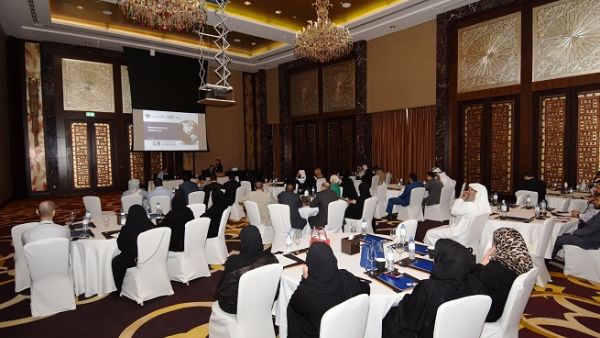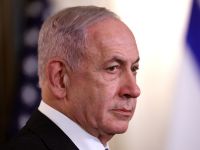UAE Ministry of Finance Organizes a Workshop on the Launch of the Automated Reconciliation System

As part of its ongoing efforts to provide the best integrated solutions that improve the levels of financial management systems, the Ministry of Finance (MoF) organised a workshop today on the launch of its automated reconciliation system specific to federal government revenue. The workshop, which was held in the Conrad Hotel in Dubai, witnessed the participation of representatives of various ministries.
The aim of the workshop was to familiarise entitieslinked to the e-Dirham system with the auto reconciliation system, by demonstrating its purpose and unique benefits in terms of providing an integrated solution based on the latest technologies implemented in many financial institutions locally and internationally, in order to enhance the automatic matching processes.
HE Saeed Rashid Al Yateem, Assistant Undersecretary of Resources and Budget Sector at MoF stressed the importance of the FIS cortex reconciliation system in terms of validating data among a number of sources, ensuring that all transactions are received and processed efficiently across two or more systems, as well as verifying the accuracy of the transaction. That, in addition to settling transactions, and verifying and reconciling balance sheet accounts.
HE said: “The Ministry is committed to adopting the latest digital technologies to enhance principles of transparency and financial governance, and ensure public finance management are consistent with the highest global standards.”
The workshop discussed the system’s layout, as well as the security and control system that were adopted, which converts data received from various input channels to the main components of the system.
Background Information
Ministry of Finance (Saudi Arabia)
When instructions were issued by the Kingdom of Hejaz that financial matters were to be managed by a finance directorate, a single entity in the form of a General Directorate of Finance was established on 14/10/1927 . Royal Order No. 381 was issued on 14/5/1932 . changing the name of the General Directorate of Finance to the Ministry of Finance, thus becoming the second ministry to be established after the Ministry of Foreign Affairs. The Ministry of Finance was made responsible for regulating, managing and securing the collection of state funds, and their expenditures, and became the general authority for financial matters in the Kingdom of Hejaz and Nejd and its subsidiaries. In 1936, as the activities of the Ministry of Finance expanded in scope, a number of general directorates were established within the ministry, including the Petroleum and Minerals Directorate, the Public Works Directorate, and the Customs Directorate, in addition to special bureaus concerned with corporations, development projects, cash, Zakah, revenue, and Hajj Affairs. The Personnel and Retirement Bureau was established in 1938 . followed by the Agriculture Directorate in 1948, and on 16/4/1955 , a Communications Agency was established within the Ministry of Finance, and included the Electricity and Postal Directorates and the Roads and Railway Authority. In order to meet the requirements of economic expansion, Ministerial Order No. 518 was issued on 9/8/1951 establishing a bureau to monitor economic affairs and issues related to various international organizations set-up in accordance with the Security Council resolutions and the United Nations decisions, and also official regional conferences. Royal Decree No. 1697 was issued on 27/6/1953 establishing the Ministry of Economy to replace the Bureau for Economic Affairs. Royal Decree No. 31 was issued on 4/9/1954 merging the Ministry of Economy and the Ministry of Finance into a single ministry called the Ministry of Finance and National Economy. Royal Order No. 2/A was issued on 1/5/2003 transferring responsibility for economic activity from the above-mentioned ministry to the Ministry of Planning, and thus changing the name of the Ministry of Finance and National Economy to the Ministry of Finance, and the name of the Ministry of Planning to the Ministry of Economy and Planning.






